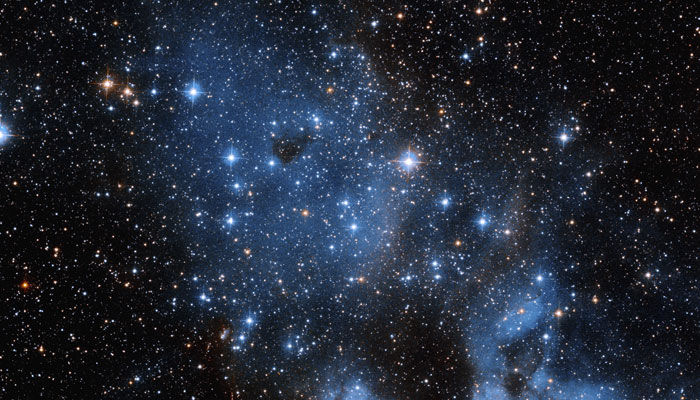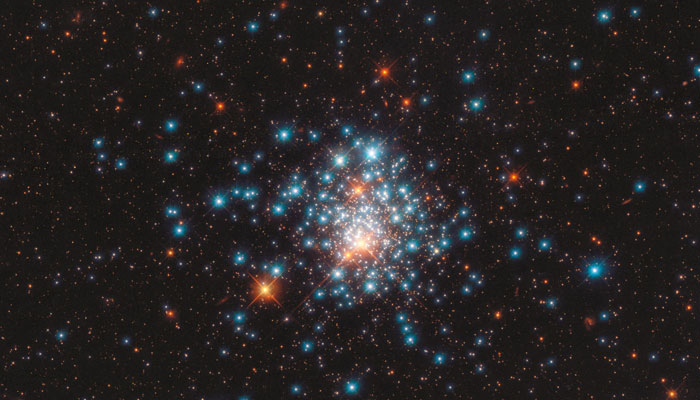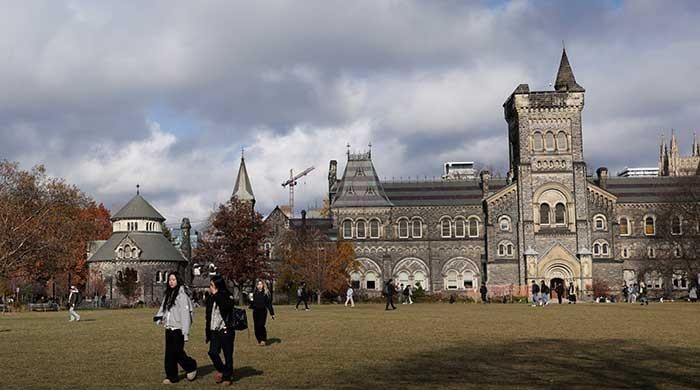Milky Way's newly-discovered high-velocity stars planning a jailbreak
J0927 star has the fastest velocity which can travel from New York to Mississippi in a mere second
June 18, 2023

Scientists in their new study have identified six stars running across the Milky Way with two stars J0927 and J1235, travelling at a speed of 5.1 million miles per hour (2,285 kilometres per second) and 3.8 million miles per hour (1,694 kilometres per second), respectively.
J0927 star has the fastest velocity which can travel from New York to Mississippi in a mere second.
The other four stars are slower. They are travelling at a speed of over 2.2 million miles per hour (1,000 kilometres per second). Their velocity is enough to escape the gravitational influence of our galaxy.
"These stars are extraordinary because they are travelling much faster than normal stars in the Milky Way. Because they're faster than the galactic escape velocity, they'll soon be launched into intergalactic space," team leader and Harvard/Smithsonian Center for Astrophysics researcher Kareem El-Badry told Space.com.
"We were looking for objects like this, so we had some hope and expectation that they would exist, but their properties were different than we expected."
According to the team, the speed of the stars may have been caused by a specific kind of cosmic explosion termed a Type Ia supernova — when a white dwarf — a dying star — receives material from another star more than it can handle.
As the material is donated to a white dwarf, it accumulates enough to launch a thermonuclear explosion.

"They are also much hotter than normal stars — likely a result of their unusual formation history, which involves a supernova exploding right next to them!" the astrophysicist said.
According to the researcher in the journal Open Journal of Astrophysics, the team thinks it may take an "even more violent and powerful supernova" to accelerate these stars to hypervelocity status.
"The composition of the runaway stars is very unusual," El Badry explained.
"Almost all stars in the Milky Way have atmospheres made mostly of hydrogen and helium, but these objects have no hydrogen or helium at all and consist mostly of carbon and oxygen."
This indicates runaway stars as degenerate white dwarf stars and it further supported the idea that they were blasted to extreme velocities by a D⁶ supernova.
"When that companion star is another white dwarf shrouded by a thick layer of helium gas, something slightly more special occurs, a D6 supernova," according to space reporter Michelle Starr for Science Alert.
"The D6 is called a double detonation because it involves two different explosions. The first explosion kicks off when one of the white dwarf stars accumulates too much helium gas, which triggers a thermonuclear explosion," reported Starr.
The researchers concluded that there is a significantly large population of these superspeed stars racing through the universe that astronomers are yet to discover.
Of course, turnabout is fair play, and just as our galaxy has blasted hypervelocity stars at its neighbours, the researchers believe other galaxies have been blasting super-speed stars at us.









